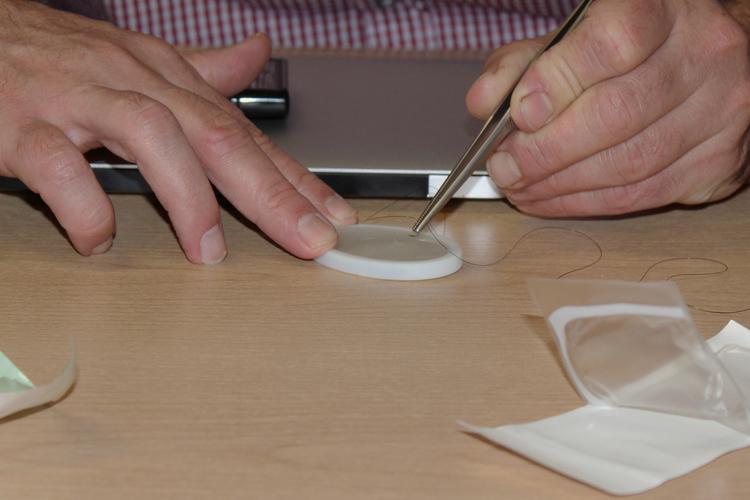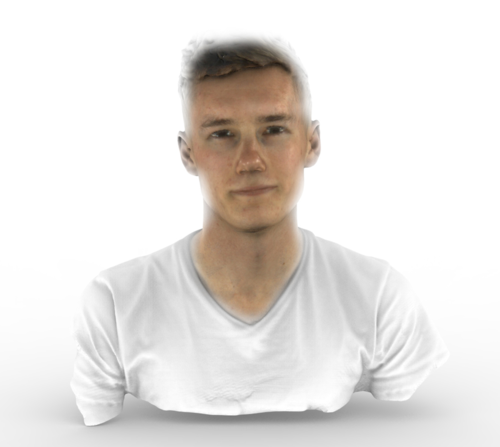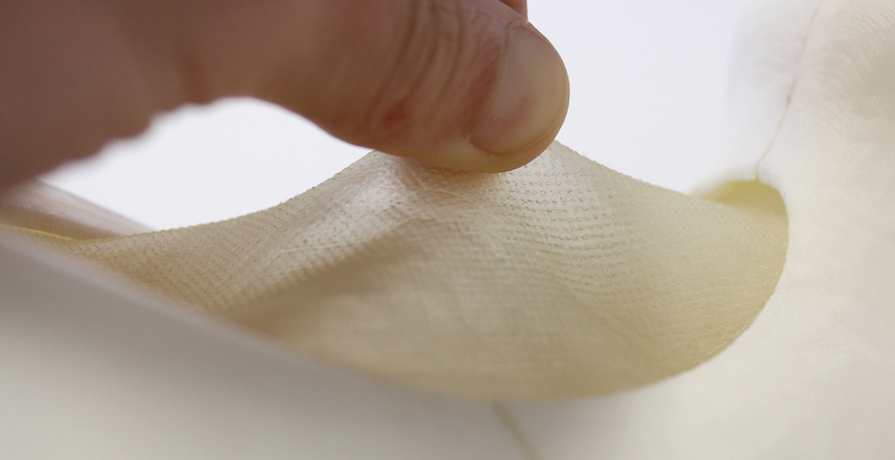While it’s certainly always preferable to practice on the real thing, or a cadaver, medical students are, after all, students. In teaching situations, sometimes patients generously have to suck it up for the greater good and hope for the best. I’ve been on the receiving end of that before, luckily with all positive results, and I considered it my contribution to medicine, albeit small, even if I did feel slightly terrified.
Medical education and clinical experience can only be obtained through learning and doing, so it has to start somewhere. We just hope it’s as painless for the patients as possible. This issue can be enormous in developing countries where medical care is scarce and often first- and second-year medical students are thrown into medical care and procedures with a startling lack of practice, due to emergency and necessity.
As 3D printing breaks one boundary after another in medicine, not only are patients being given the enormous advantage of a better quality of life with many  breakthroughs, but doctors and those in the medical profession are being given tools that make their quality of life easier too, in having better technology and more advanced aids for efficiency, precision and most importantly to begin with — training.
breakthroughs, but doctors and those in the medical profession are being given tools that make their quality of life easier too, in having better technology and more advanced aids for efficiency, precision and most importantly to begin with — training.
Hamish McIntosh is an industrial designer looking into solving the problem behind these medical training issues, and in a creation that almost borders on virtual reality, he is responsible for creating 3D printed skin. As part of a research project focused on producing artificial anatomy, the 3D printed epidermis is meant to simulate human skin in that it has the same flexibility and texture. This invention may prove to be a real treasure for the practicing of sutures.
For older, experienced doctors, suturing is an art they most likely mastered and perfected ages ago. While many medical students probably arrive at school having never sewn anything or anyone up, and learning foreign knots and stitches seems awkward, for the learned medical professional they have enough stitching stories to tell to fill the pages of a book, and suturing has become completely natural to them. They also, at some point, learned to do their first real suture on one lucky, now forgotten, person.
Before graduating to suturing the skin of real, live humans, students often begin practicing knots and then graduate to practicing on anything from cadavers to pigs’ feet — looking for something that is similar in texture and flexibility to human skin. Hamish McIntosh has created a material that should be keeping medical students not only busy for hours, but hopefully darned competent when they finish. His 3D printed skin stretches, moves, and falls back into place just like real skin.
In creating the 3D printed ‘skin’ the challenge was mainly in reducing a glossy, slippery texture. McIntosh discovered that by leaving a larger volume of extra material around the 3D print, the proper fluidity was created.
McIntosh, in his research for simulated anatomy, has also been experimenting with encasing fluid inside 3D printed models. He worked with multi-material issues, experimenting using the Stratasys Connex 3D printer, in a mission, which he was quite successful in, to insert fluid into a print in order to ‘”investigate the impact of the fluid pressure on minimal thickness rubber components.”
Having always exhibited a problem solving nature, 22-year-old McIntosh is now completing his Masters thesis at Victoria University of Wellington, where he previously earned his Bachelor of Design Innovation. With a great deal of his designs motivated by curiosity, he has always enjoyed drawing and design — and fixing things.
“The majority of my research in postgraduate study has been focused on the recent advancements in multi-material 3D printing. My thesis has taken me into an in-depth exploration of the potential of this technology and how it can affect our lives, or specifically what benefits the technology will have in the medical profession,” McIntosh says on his website. “This has led to an exciting, multidisciplinary project in a fast emerging field. Having previously worked collaboratively in a team of designers, engineers and software developers in the Product Futures Business Incubator program, it has been a new and educational experience to work with professionals within the medical industry which at times feels so far removed from design.”
What do you think of McIntosh’s design, and how important do you think it will be in medical training? What do you think the implications are of being able to trap fluid inside a 3D printed device? Tell us your thoughts in the 3D Printed Skin forum over at 3DPB.com.
Subscribe to Our Email Newsletter
Stay up-to-date on all the latest news from the 3D printing industry and receive information and offers from third party vendors.
You May Also Like
3D Printing Unpeeled: New Arkema Material for HP, Saddle and Macro MEMS
A new Arkema material for MJF is said to reduce costs per part by up to 25% and have an 85% reusability ratio. HP 3D HR PA 12 S has been...
3D Printing News Briefs, January 20, 2024: FDM, LPBF, Underwater 3D Printer, Racing, & More
We’re starting off with a process certification in today’s 3D Printing News Briefs, and then moving on to research about solute trapping, laser powder bed fusion, and then moving on...
3D Printing Webinar and Event Roundup: December 3, 2023
We’ve got plenty of events and webinars coming up for you this week! Quickparts is having a Manufacturing Roadshow, America Makes is holding a Member Town Hall, Stratafest makes two...
Formnext 2023 Day Three: Slam Dunk
I’m high—high on trade show. I’ve met numerous new faces and reconnected with old friends, creating an absolutely wonderful atmosphere. The excitement is palpable over several emerging developments. The high...

































